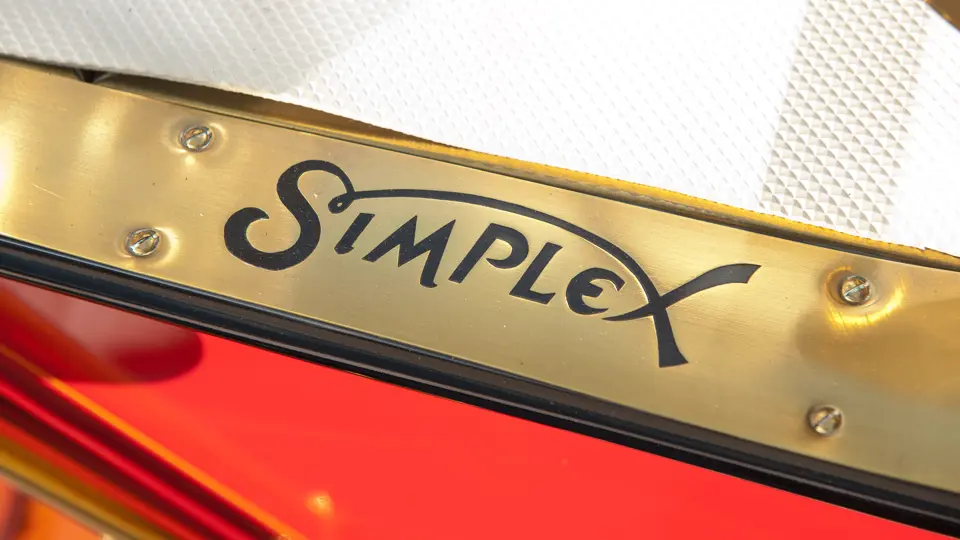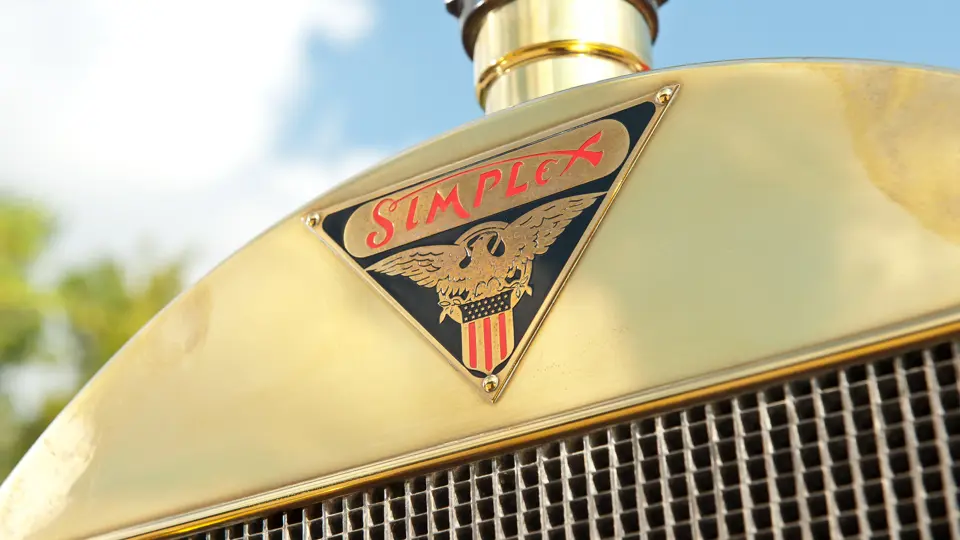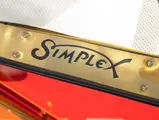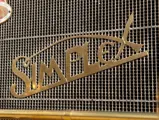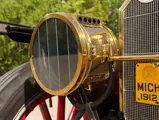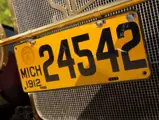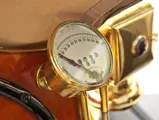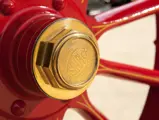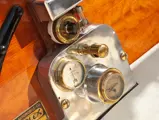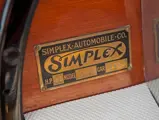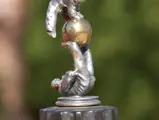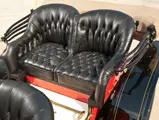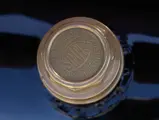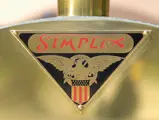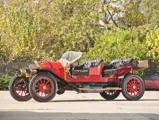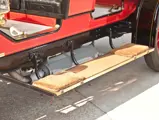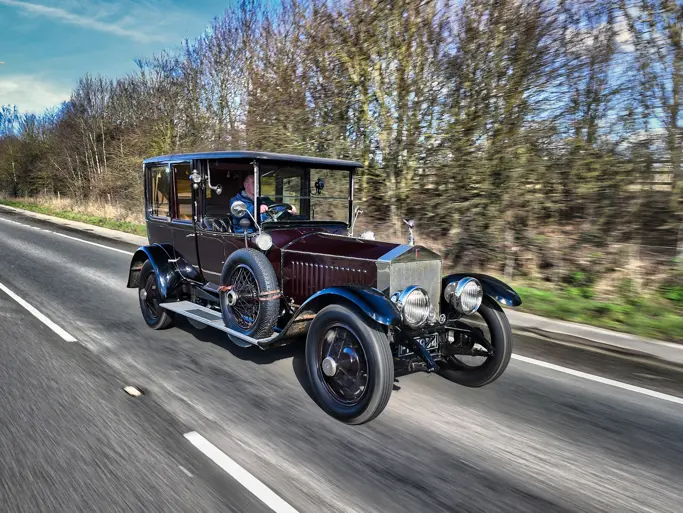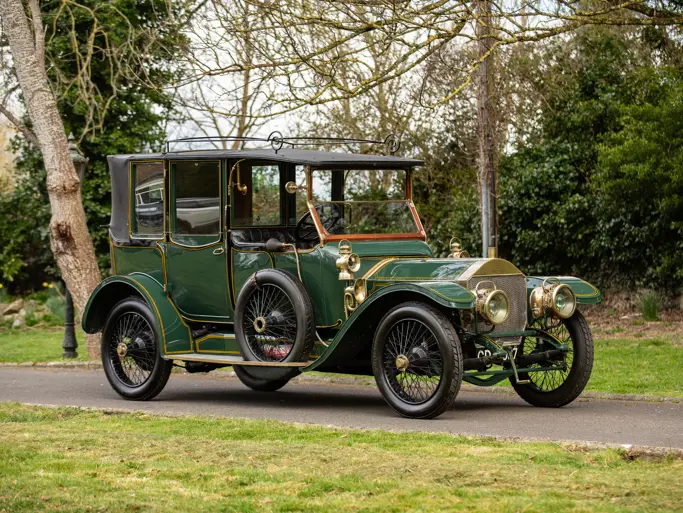38/40 hp, 476 cu. in. inline T-head four-cylinder engine, four-speed manual transmission, solid front axle and live rear axle with semi-elliptic leaf springs, and two-wheel mechanical drum brakes. Wheelbase: 127"
- Offered from the Estate of John O’Quinn
- Mighty Simplex Double Roadster
- Excellent older restoration
- Ideal for Brass & Gas and vintage tours
Although the history of the Simplex automobile is complicated, its reputation is not. The late historian Beverly Rae Kimes described it as “one of the most renowned cars in America during the pre-World War I period.” The legendary Henry Austin Clark, Jr. explained why: “What set it apart from other domestic products of its day was the extreme attention to detail and quality with which it was built. Only the finest materials were used.”
Proctor Smith and Carlton Mabley began importing fine European cars to New York early in the 20th century. In order to escape import duties, they embarked on manufacture of an all-American car to rival the best that Europe had to offer. Thus was born the S&M Simplex, built in a five-story factory in Manhattan. The car found a fond following, but the Panic of 1907 dealt Smith and Mabley a cruel blow. They ended up selling their business to Herman Broesel, who was a friend of Smith’s, a textile importer and a happy Simplex customer. Broesel organized the Simplex Automobile Company with his sons Herman, Jr. and Carl.
Broesel took the 30/35 hp S&M Simplex car and increased its size and power. The Simplex Model 50 was built from 1907 through to World War I with a four-cylinder T-head engine and chain drive. Bodies came from such esteemed coachbuilders as Healey & Co., Demarest, Holbrook and Brewster.
In 1911, a smaller car, the 38, was introduced. A shaft-drive car, it was, to quote Austin Clark again, “a slightly more manageable type of Simplex and good for town use.” The 38 was built through 1915, by which time Broesel’s sons had bought out the Crane Motor Car Company of Bayonne, New Jersey, which marked the third epoch of the complex Simplex history.
The history of this particular Simplex has been traced back more than a quarter century to the time it was purchased from a West Coast collector. At that time it was fitted with a 1924 touring body. The new owner had Arthur Bergstrom of Illinois build the current body, a highly-correct reproduction of a Holbrook sporting double roadster.
The shining red paint and black tufted leather seats contrast perfectly and are further aided by the correct pinstriping to reveal every shape, curve and line of this majestic car. With its grandeur of brass fittings, this car accurately portrays the style and luxury of its era.
The restoration of this Simplex was not simply aesthetic. The drivetrain was restored by longtime mechanic Jack Dietz. For ease of operation and reliability, an electric starter and generator were retrofitted, since the owner enjoyed long-distance touring events. The quality and accuracy of the restoration awarded the car an AACA National First and Senior First in 1991. It then completed several Brass & Gas and Friends of Ancient Road Transport tours for Brass Era cars.
It is eligible for further Brass & Gas tours, as well as all activities of the Veteran Motor Car Club, the Horseless Carriage Club and the AACA throughout North America. Exceptionally rare and historically significant, this Simplex represents an excellent opportunity to own a top-quality example of a Brass Era automobile.




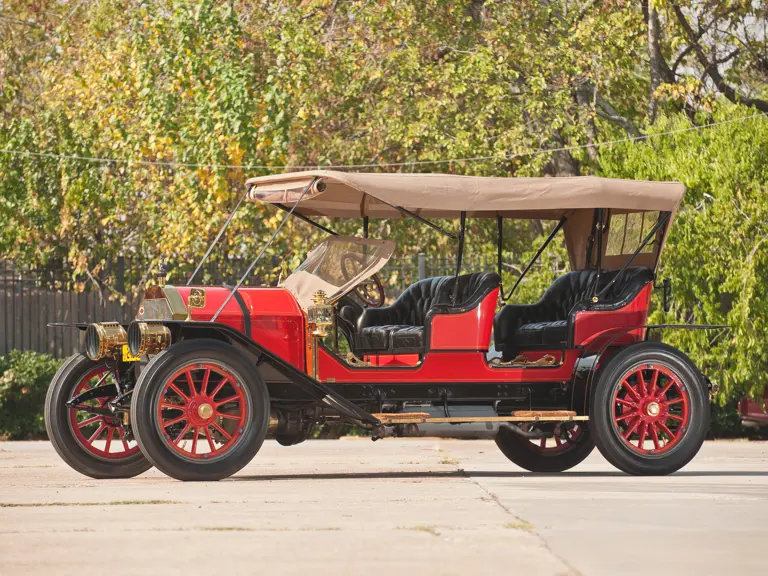

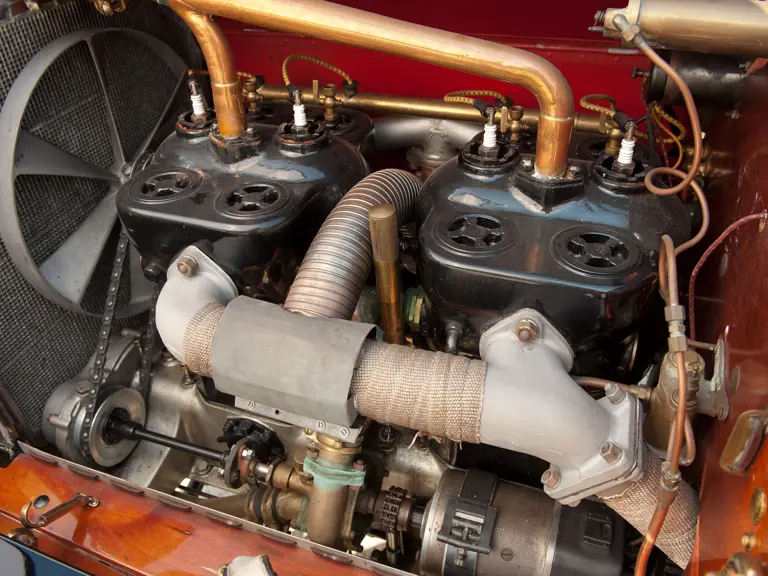
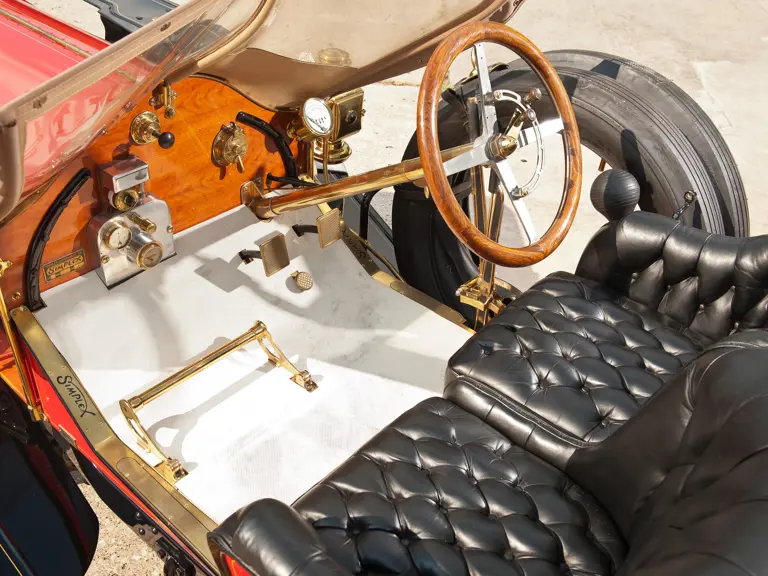
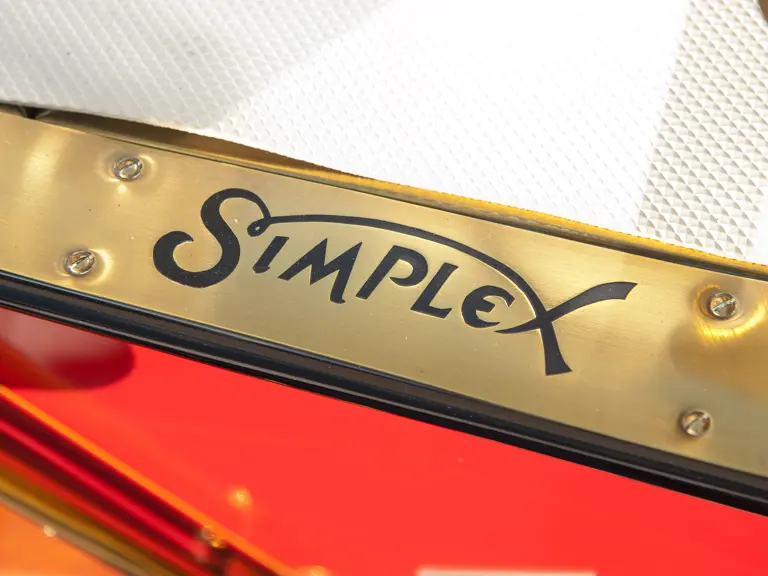
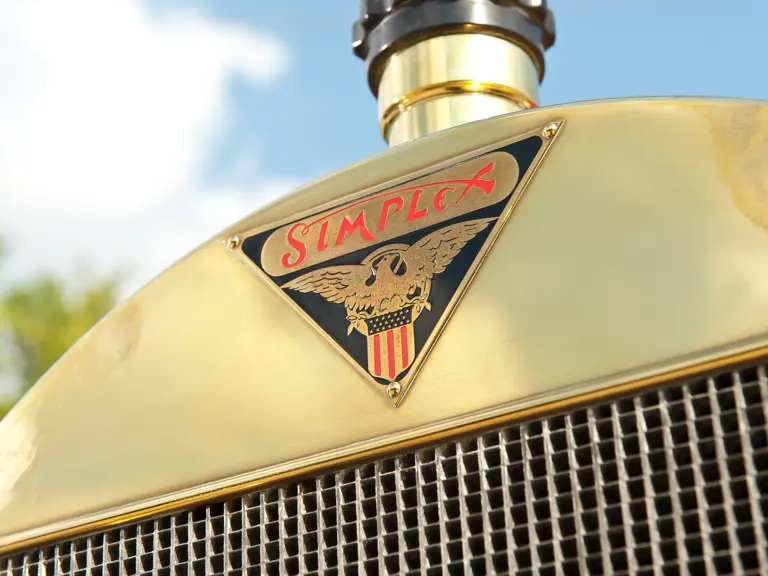

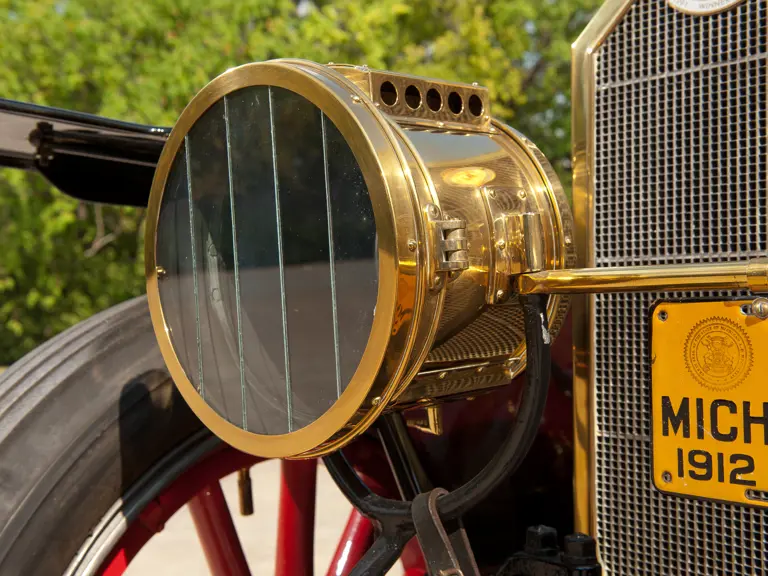
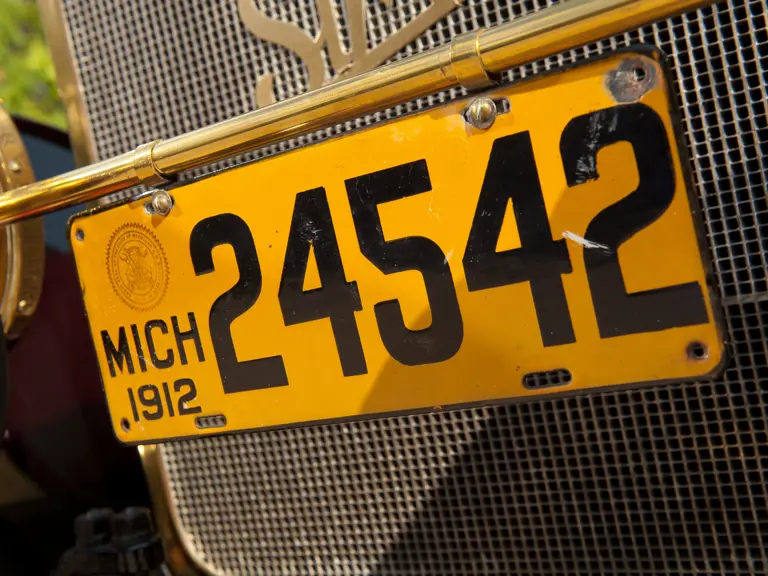
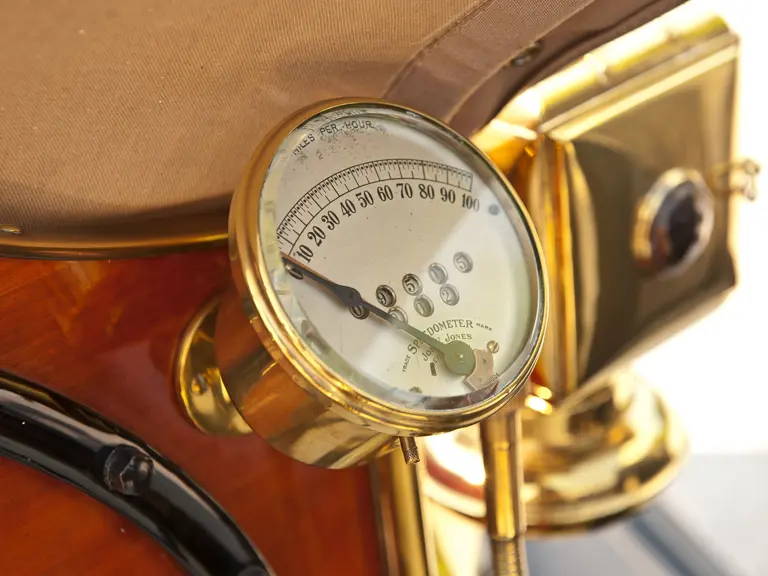

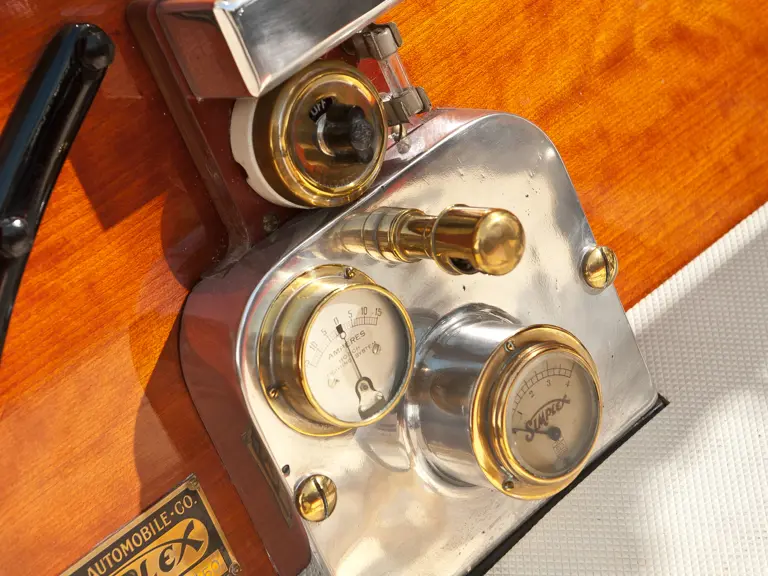
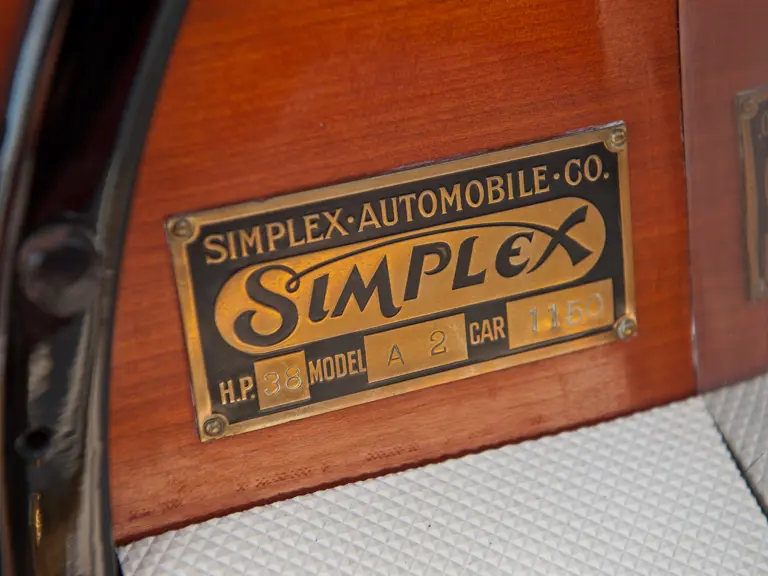


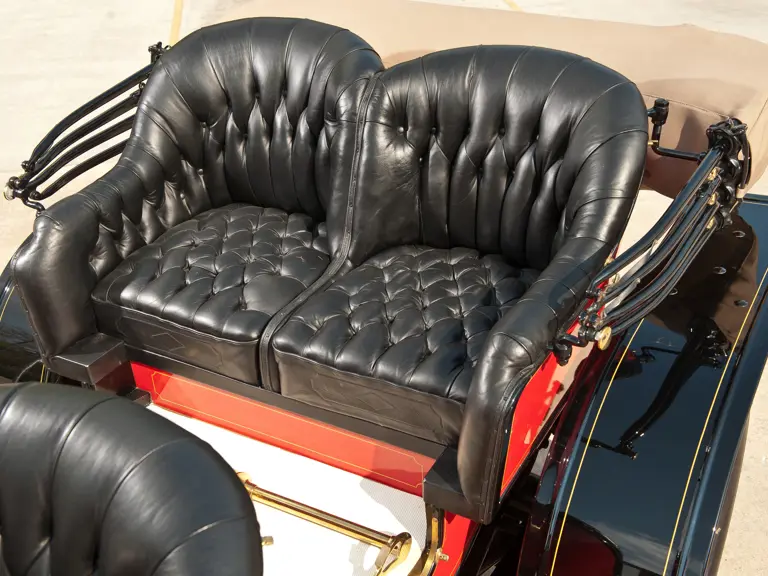
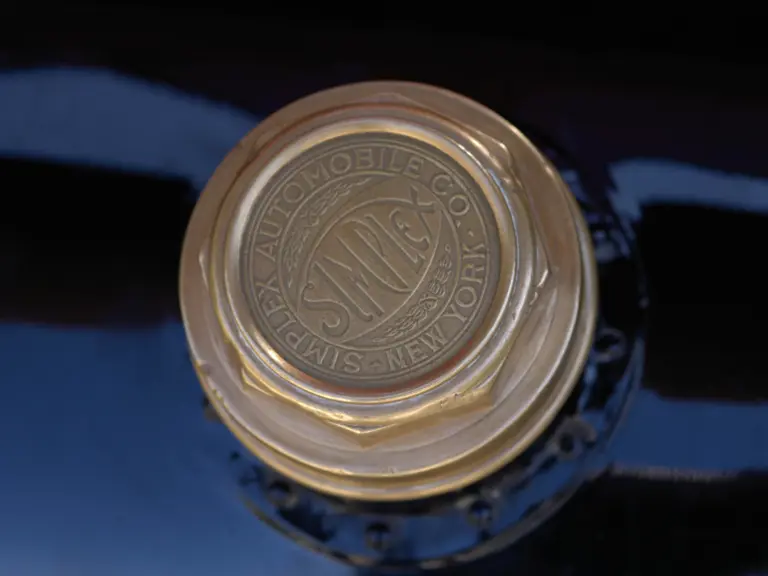
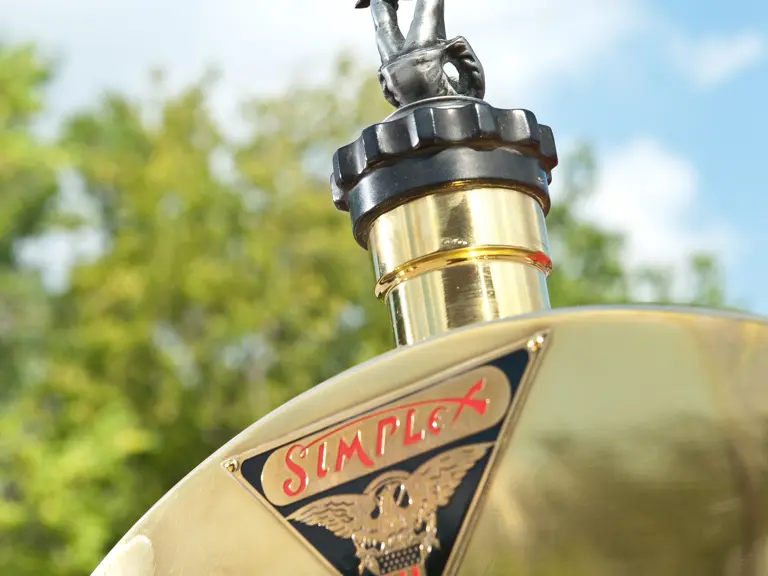
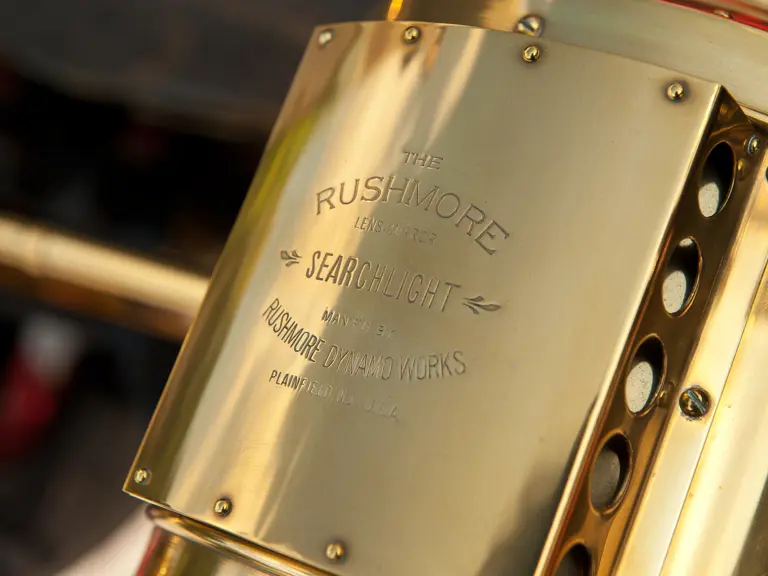
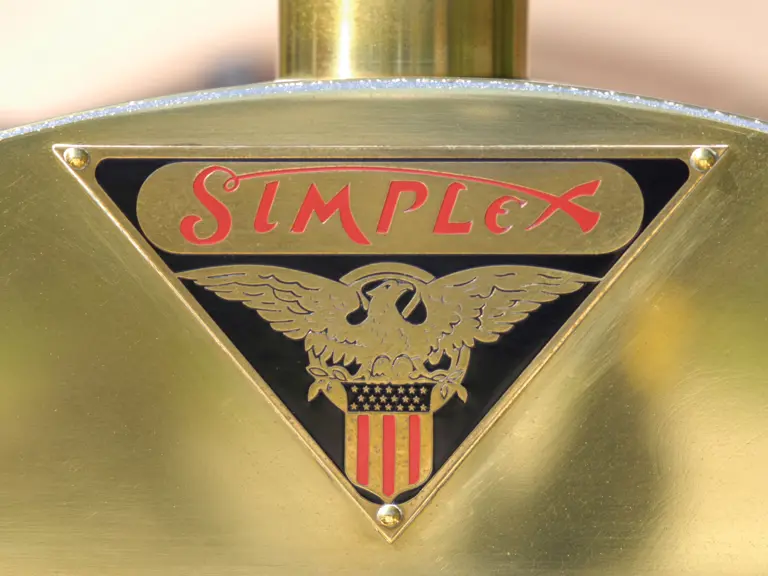
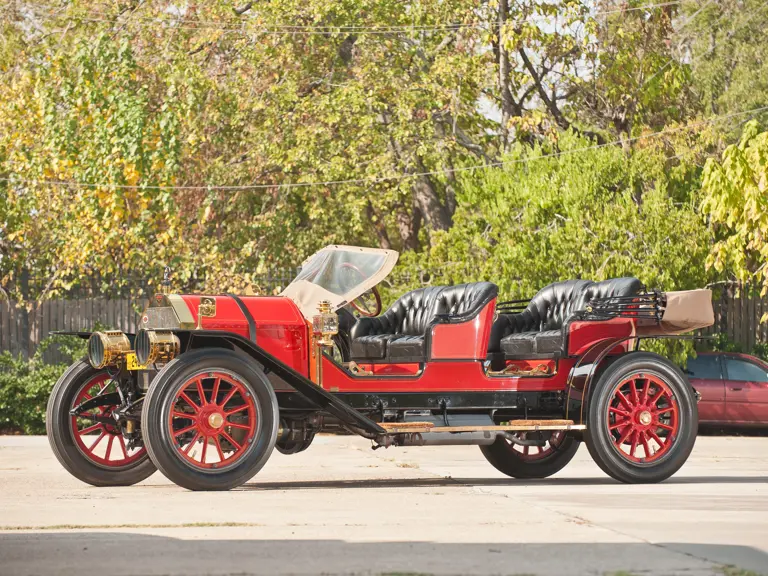


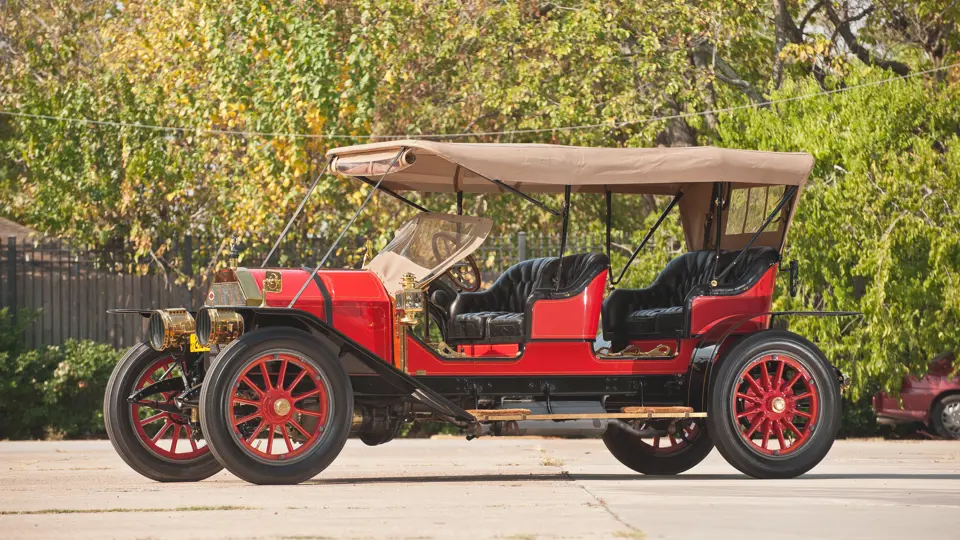
 | Hershey, Pennsylvania
| Hershey, Pennsylvania
